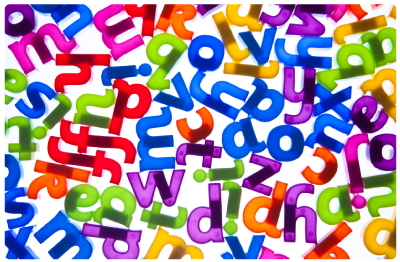 What is Dyslexia?
What is Dyslexia?
Dyslexia is a specific language-based learning disability that is neurological in nature and runs in families. It occurs in children and adults of all backgrounds with normal vision and average to above average intelligence. People with dyslexia have trouble processing language and learning to read. They may also have a hard time pronouncing words, writing or spelling. The effects of dyslexia may be different for different people and vary at different ages. Some people may be diagnosed at an early age and some may not know until they are adults.
Dyslexia is the most common learning disability. It is called a learning disability because dyslexia may make it very difficult for a person to learn in traditional settings. However, with the right tools and intervention people with dyslexia can be very successful learners and may also develop special strengths in other areas like the arts, music, computer science and athletics.
Scientists are still not sure of exactly what causes dyslexia. Research has shown that certain genes may affect the way that the brains of dyslexic individuals develop and work. Imaging studies have shown that people with dyslexia use different areas of their brains to read than normal readers. As many as 15-20% of the population may have some form of dyslexia that affects the way that they read, speak or spell. Early and accurate intervention is the key to successful learning.
For more information about dyslexia:
www.interdys.org
